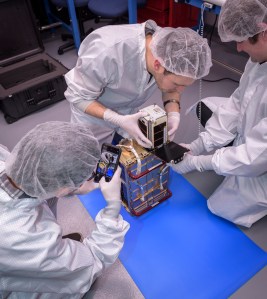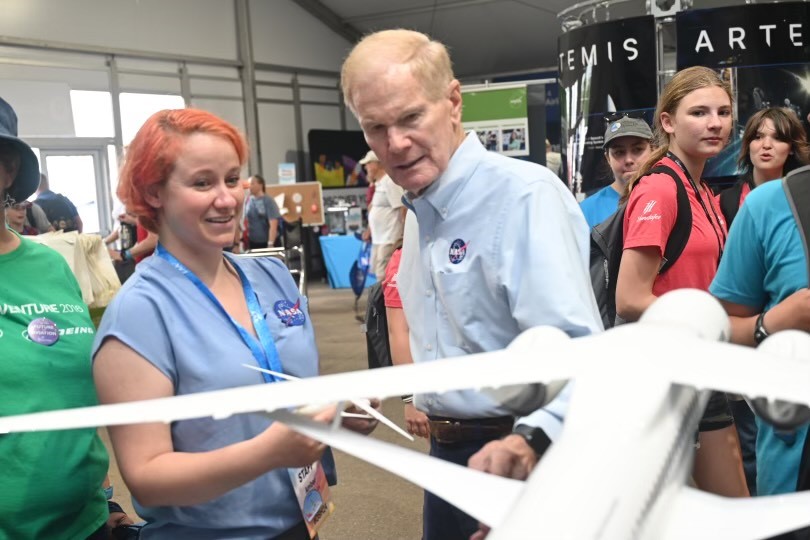Tech Today: Semiconductor Research Leads to Revolution in Dental Care
Toothpaste based on the mineral hydroxyapatite, popular across Asia and much of Europe today, is finding its first foothold in the U.S. But the idea behind this alternative to fluoride-based toothpaste was conceived here in a short-lived NASA field center more than 50 years ago. While working at NASA’s Electronics Research Center – active in […]

2 min read
Preparations for Next Moonwalk Simulations Underway (and Underwater)

Toothpaste based on the mineral hydroxyapatite, popular across Asia and much of Europe today, is finding its first foothold in the U.S. But the idea behind this alternative to fluoride-based toothpaste was conceived here in a short-lived NASA field center more than 50 years ago.
While working at NASA’s Electronics Research Center – active in Cambridge, Massachusetts, from 1964 to 1970 – Senior scientist Bernard Rubin discovered semiconductor crystals for electronics grew best in a silica gel. He quickly realized this gel diffusion system mimicked how hydroxyapatite crystals grow in bones and teeth, giving them their hardness. Building on this observation, he and a colleague patented a method for repairing a tooth by growing hydroxyapatite crystals on the tooth’s surface.

A few years later, a young Japanese businessman named Shuji Sakuma, having just founded Sangi Co. Ltd. in Tokyo, obtained the patented research and set about turning it into a product with the help of dental professionals. Lessons learned from Rubin’s patented methodology inspired the company’s Apadent and Apagard toothpaste lines in the early to mid-1980s. Japan and many other governments now recognize hydroxyapatite as an anticavity agent, and studies have found it to have other benefits, like improving whiteness and reducing sensitivity.
Share
Details
Related Terms
What's Your Reaction?



















.jpg?#)








































